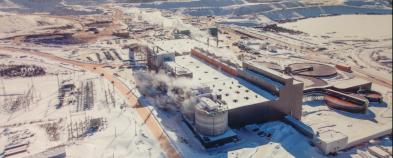
Proponents of resource development often cite wage employment as a key benefit that Indigenous communities will receive from participating in resource development based on the assumption that employment is desirable and that job quality is high. The ability of employment to play a role in regional development, however, is jeopardized when few Indigenous workers obtain mining employment and when Indigenous workers are segmented in low-skilled positions. The proposed research seeks to describe how benefit agreements and environmental assessments influence Indigenous employment, while also exploring the desirability of mining employment for Inuit people at three mines: Raglan mine owned by Glencore, Nunavik Nickel mine owned by Canadian Royalties and Voisey’s Bay mine and mill, owned by Vale. The research from these mines will be done in parallel with the work of Christine Demmer, PY Le Meur, Claire Levacher, France Bailly and Severine Bouard in New Caledonia, so that an international comparison can be made. The proposed project examines mining employment from two perspectives: 1. How do the relations among unions, companies and Inuit governments as mediated by Impact Benefit Agreements (IBAs) influence Inuit employment and 2. How do Inuit workers and community members experience the effects of mining employment and perceive employment opportunities at the mine?

